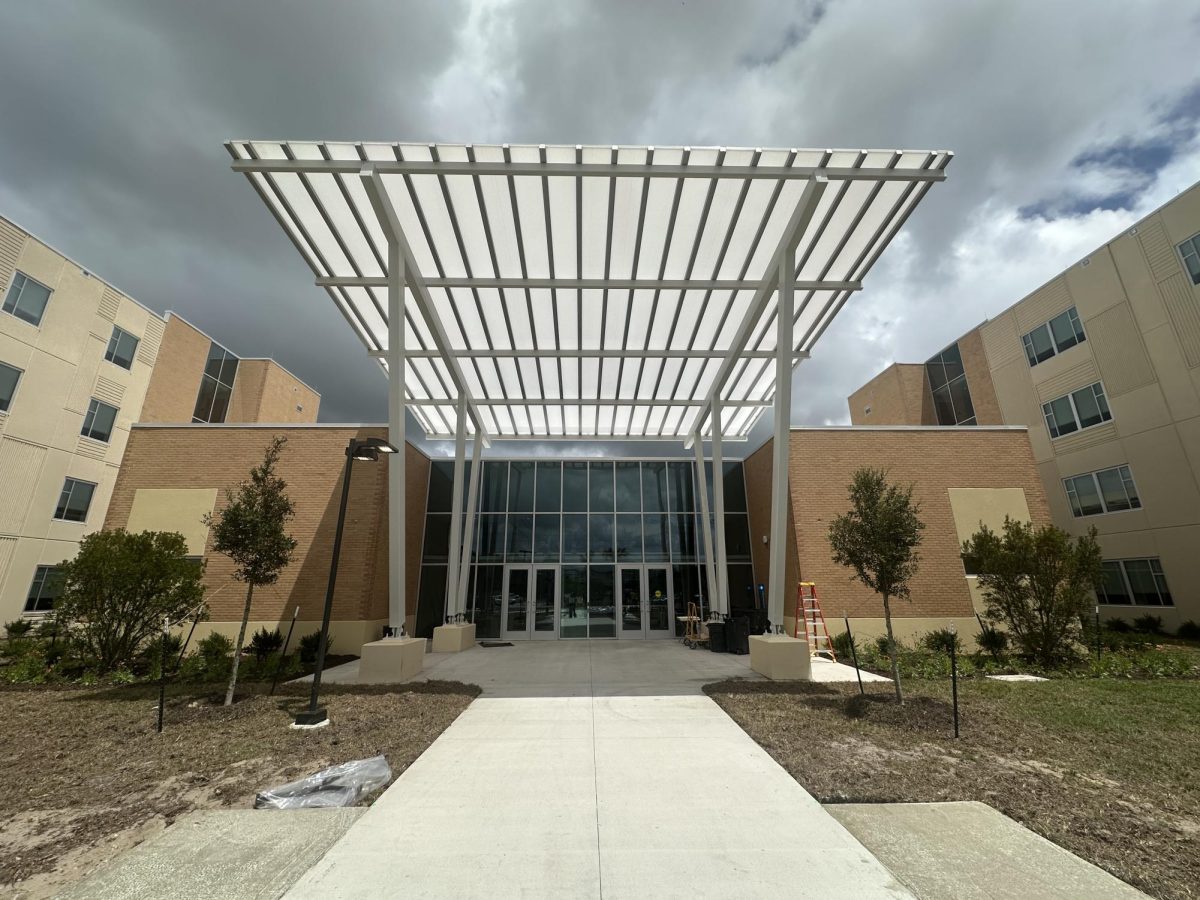John Andrew Hansen, Assistant Professor of Criminology and Criminal Justice at Western Carolina University, visited UNF’s National Criminal Justice Honor Society chapter on Thursday. The visit was part of the Third Annual Alpha Phi Sigma Guest Lecture Series. Hansen’s lecture focused on a hot topic: police use of force.

Hansen questioned why force is a defining characteristic for police. As it turns out, police force began as a method to settle disputes between private parties. At that time, police were granted the power to use the most minimal amount of force and coercion as possible. He says that the use of police force affects how we as citizens view the law. Changes in formulaic aspects of police didn’t occur until the 18th century when the English colonists brought their ideals of democracy to the United States.
Hansen also referenced the five principles of the use-of-force continuum, which are officer presence, verbalization, empty-hand control, less-lethal methods, and lethal force. Use of force has the tendency to escalate through these principles.
The lecture then looked at current issues, which begged the question: is excessive use of force related to other unwanted behaviors?
Hansen proved his hypothesis by sharing two research projects he had been working on.
The first project took Hansen to Prince George’s County Police Department, to survey patrol officers and supervisors. He focused on vehicle collisions, some of which involved officers. Vehicle collisions turned the conversation to the driving behaviors of officers, which can affect the outcome of road injury. Over a four year period, 329 surveys showed three officer fatalities, 190 officer injuries, 147 citizen injuries and $2.5 million in damages. Interestingly enough, secondary employment, or moonlighting, increased the chances of force. Research included interviews with focus groups of officers.
Recently, Hansen was inspired by a student to perform follow-up research on a project he completed last spring: measuring officers’ use of the 1033 program. The 1033 program allows the transfer of surplus military equipment to civilian law enforcement. Hansen’s online survey showed that 61 percent of officers participated in the program. His research also revealed that sheriff offices located in the southeast United States participated the most in the program.
You can contact Hansen at jahansen@wcu.edu if you’d like to inquire about his research.
__
For more information or news tips, or if you see an error in this story or have any compliments or concerns, contact editor@unfspinnaker.com.















